Vegan shea butter skin care is really surprising when you start looking into it. In fact, shea butter is quite an amazing product. Vegan, natural . . . full of health properties.
If you’re looking for a new all purpose cream to have in your house, this is the one for you. Read on to hear about all the things shea butter can do for you and be prepared to be amazed by just how many benefits this natural product can bring you.
Table of Contents
Why Choose Shea Butter?
First off, and most simply, would you like to ditch the long list of unpronounceable ingredients in moisturisers which we put on our skin to absorb directly into our system, normally without even knowing whether those ingredients are actually healthy, let alone natural?

I don’t know about you, but I still don’t understand the ingredient list on cosmetic products, so I tend to prefer natural products with simple ingredients. If it’s a natural vegan company, you stand a chance of being fine, but what about mainstream products? You know the ones, those expensive creams that are advertised on TV, sold for a small fortune and consist of words you’ve never heard of before.
That’s what I don’t like. And that’s precisely how I got started with raw Shea Butter.
It is a one ingredient product which isn’t only non-toxic but can even be used as a cooking oil! Interested in knowing more? Read on!
Shea Butter Uses: Overview
In many African countries, shea butter is used as a nutritious, low cholesterol cooking oil as well as for medicinal purposes, including treating leprosy and other skin conditions. Additionally, it’s used in as a substitute for cocoa butter in the chocolate industry, for skin preparations, creams, cosmetics, lubricants, paints, margarines, soap, detergents and in the pharmaceutical, cosmetic and food industries.
Unrefined Raw Shea Butter is a thick waxy substance that become more liquid when exposed to heat. It contains both solid oil (stearin) and liquid oil (olein) and as a result, in the winter, it can be quite tricky to put on your face as it goes so hard (in my cold house lol!), whereas in the summer it’s soft as anything, even turning to liquid in extreme heat.
Shea butter is deeply moisturising for the skin, and proven efficient for treating dry skin, eczema, dry scalp and chapped lips, as well as being regarded as an effective anti-ageing treatment as it’s full of essential fatty acids and vitamins A & E which makes it great for reducing wrinkles, rebuilding collagen and giving the skin a brighter, younger look.
As well as all that, shea butter’s recognised as having antimicrobial and anti-inflammatory properties, great for treating small blemishes, grazes, cuts, rashes, sunburn and minor burns.
As if that wasn’t enough it’s also reported to relieve the itch from insect bites and reduce stretch marks in pregnancy and pain from arthritis!
Oh, and not to forget it’s also a mild sun protection and can be used as a treatment for reducing cellulite! Ok, so I’ll stop there before getting too carried away, but actually there’s more . . .
OMG what is this stuff!!!
What is Raw Pure Shea Butter?
Shea butter is the natural fat which comes from the fruit (nuts) of the African Shea tree or Vitellaria Paradoxa tree, which is indigenous to the African continent. Often referred to as a nut, but it is actually more related to a pit, like the pit of an avocado.

Shea butter is completely edible, and is used as a cooking oil and food ingredient in many African countries. It’s also been well known for centuries for its healing properties due to its anti-inflammatory, antimicrobial properties and bioactive substances.
Once the nuts are harvested, the fat is processed by hand – to produce unrefined shea butter – or by industrial means using the addition of chemicals for producing refined shea butter.
Is Shea a Sustainable Option for the Future?
Shea Butter’s an invaluable, natural, non-toxic, bio-renewable product which can be ethically farmed and supported as one of the most sustainable bio-renewable products in the world.
And with so many varied health benefits, shea is a crop of the future as we as a population become more interested in promoting natural products that are not only great for people but also for the planet and returning to a base of bio diversity.
The shea tree needs no irrigation or fertiliser or pesticides and can provide shade for growing other crops below it.
Harvesting the Shea Nuts (in Brief)
The shea tree is grown throughout Africa, predominantly in west and central Africa. The tree takes 20 years to produce fruit but will continue to bear fruit for up to a further 200 years.
The fruit is collected from July – August and then washed and dried, either by the sun or in ovens, to reduce the moisture content. Next, they must have the husks removed by being beaten in a pestle & mortar and finally they are roasted.
This is of course, a hugely oversimplified overview of the natural processing method of the shea nut.
For an in depth article on the extraction process of shea butter, there is a post over on academic journals, called Shea butter extraction technologies.
Why You Should Only Buy Unrefined Raw Shea Butter
Refined shea butter is created by a process using heat and/or chemicals, but as a result, some of the health benefits of shea butter are destroyed in the process.
The perceived advantages of using refined shea butter are that there is no natural oder from the shea butter and the colour is bleached out, making it white and uniform, plus it is a softer consistency.
But these supposed advantages aren’t really benefits as the nutrients are destroyed in the process.
So, for our purposes, we are talking about raw, unrefined shea butter.
If your shea butter’s bright white, it’s most probably been commercially produced and refined using chemicals. So be sure to buy organic and raw.
Home Uses for Shea Butter
There are so many possible uses for shea butter that there will be others that I miss in this list but when you start to read about it’s potent abilities, you’ll start to realise that it’s well worth having in the house. Have a look at these uses . . .
- As a deep skin moisturiser. Shea penetrates deep into the skin for a long lasting moisturiser.
- Successful for treating dry, chapped skin and eczema.
- Treatment for spots and skin irritations.
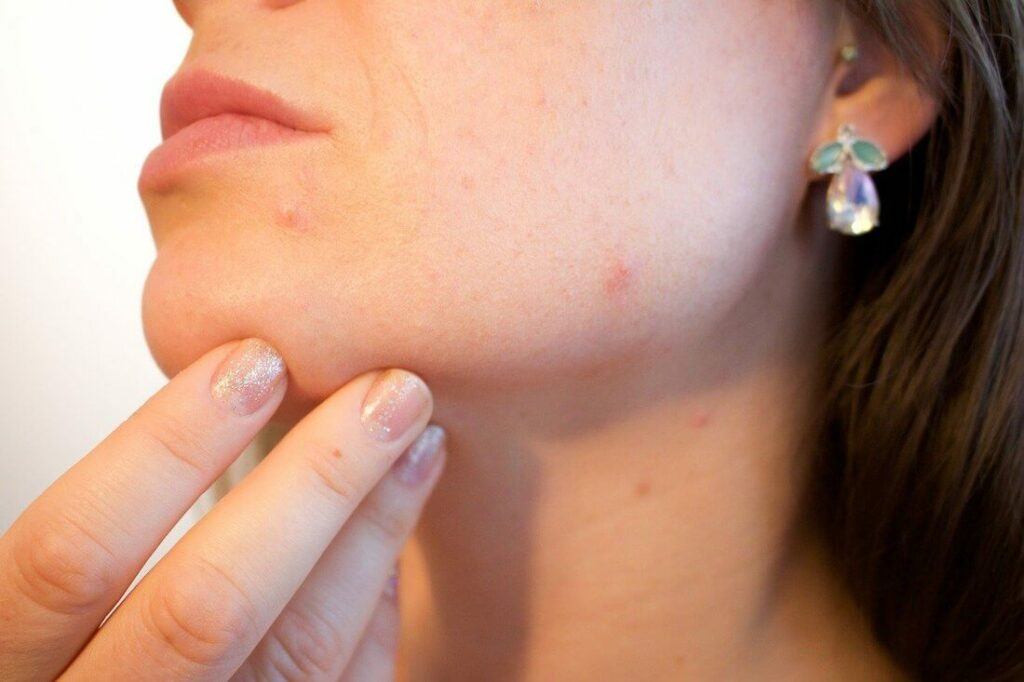
- Soothing for nappy rash and as the healing properties sooth the skin.
- Protection from UV rays with its ability to absorb the damaging UV rays and give (mild) sun protection.
- Rubbed into the skin after sun exposure as an effective aftersun treatment.
- For reducing and preventing stretch marks in pregnancy.
- Applying to chapped lips.
- Reducing wrinkles & crows feet.
- As a hair conditioner.
- To relieve minor burns.
- To promote healing of small wounds.
- Applied to skin for soothing a sprain or strain.
- To treat Leprosy in Nigeria.
- As a cooking oil and in baking.
Commercial Uses for Shea
- Ingredient in the chocolate industry.
- Production of shampoos, conditioners, skin moisturisers, medicated skin creams etc.

- Soap made from shea
- Lubricants.
- Candle making.
Other Interesting Facts about Shea Butter
- Shea butter can be heated to return it to a liquid form, but you should only use a low heat or you might damage the healing benefits of raw shea butter.
- She butter may feel like it’s leaving your skin greasy for the first moment but in actual fact it doesn’t make your skin greasy at all once it’s been absorbed.
- In my experience, shea butter doesn’t stain your clothes but it can leave marks on your sheets if you put it on heavily on your feet for example (like I do lol!).
- Shea butter’s a natural, vegan, pure product: no chemicals, no cruelty and completely safe even when ingested, so it can also be applied to your own lips, or to your pet’s skin – with no concern of health issues when licked.
How to Use Shea Butter on Your Face
Pure Raw Shea Butter comes in slabs or in a pot or as a solid lump in the pot. Nothing glamorous about it at all, it’s just big slabs of hard butter! Or one big lump of solid stuff.
If you have the chunks, break off smaller, manageable chunks and rub it directly onto your skin or first onto your hands and then massage it in. Alternatively scoop some out onto your fingers and massage well in.
The feeling of the Shea on your skin becomes addictive. I mean, I actually miss it if I haven’t put it on. My skin gets thirsty for it!
When you first apply the butter, it seems slightly oily but as soon as it’s been applied the skin gains an extra softness and the greasy feeling evaporates.
From what I’ve personally seen, the raw shea butter works to moisturise your skin all day long and gets rid of dry skin in just a couple of weeks, though the studies say just 3 days for reversing dry skin so maybe mine was extreme. It’s also great on your lips and for the soft skin around your eyes to stop eye wrinkles and (yes I’m repeating myself) – I love the feeling.
Actually though, I must admit, when you first apply it to your face it almost feels like you’re putting a bar of white chocolate on your skin!
How Often to Use Shea Butter
If you’re applying shea butter to your skin as a general moisturiser, then I would say the best plan is to apply it every evening. The shea butter will make your face shiny, so it isn’t the best timing to apply it just before going out.
It feels a bit strange at first, because it’s so different to a normal moisturising cream, but give it a few goes, and if you’re anything like me, you’ll come to love the feeling of the smooth shea butter against your skin and the softness of your skin after treatment.
I use shea butter at least every evening in the summer, and more often twice a day, but not so often in the winter.
My Experience with Shea Butter for the Skin
I’m a fan of natural, cruelty free products. The less chemical rubbish we can put on our bodies the better in my opinion. And cruelty is 100% unacceptable. So Shea Butter’s a great solution, both natural and animal friendly. And simple.
Initially I started out with the idea of testing the shea butter but it’s been over three years now and I still buy it.
I first heard of Shea butter when my mum happily told me she’d ordered some from Amazon and she said I could share the tub with her. Until that moment I had no idea what it was, let alone what it was used for and I was intrigued when a big tub arrived with slabs of shea butter inside.
I wasn’t immediately convinced but I decided to keep an open mind.
I researched the information online and put the raw shea butter benefits to the test by applying it twice a day. . . and it’s incredible stuff.
Younger Skin From Using Shea Butter?
I wouldn’t say that my skin looks any younger from using shea butter but it definitely gets well hydrated by using it. And there are a few specific improvements that I’ve seen.
For example, many years ago I had an accident which damaged my right leg on the outside of the front shin bone, leaving the skin over the damaged area dry and scarred. The dry skin looked like permanent crocodile skin over that part of my leg.
I was very curious to see if that would go away and very happy when a few weeks later the skin in that area was completely normal looking (apart from the damage).
Shea Butter for Dry Feet
I’ve always suffered with extremely dry feet which can become quite a problem in summer.
The extra skin on the feet causes very uncomfortable hot feet and cracked heels. It used to bother me especially at night, trying to fall asleep and my feet would keep me awake.
I bought myself a Dr Scholl dead skin remover which helped, but I never actually managed to cure the cause of the problem, only relieve the symptoms after they appeared.
That is until I discovered the shea butter. I use it every evening and plaster it on my feet and now I no longer have a problem with my feet. It’s a huge relief.
Would I Go Back to a Commercial Moisturiser?
I have a commercial moisturiser for using occasionally before I go out for example, when the shea butter is too heavy to apply.

But for me, shea butter’s here to stay and even if my skin doesn’t change into a newborn baby’s skin, it’s definitely the softest I’ve ever felt before since starting out into my 40s all those years ago.
The Raw Shea Butter benefits are so exciting, to my way of thinking! The long term moisturising power is better than any cream I’ve tried and I love it that I’m using a natural product taken from a tree nut, without causing harm to the tree at all.
And the fact that it’s edible means you don’t have to worry about it on your hands when you prepare food and it’s also fine on your lips. The sun factor for me’s great too because I don’t use sun cream but I live in the sun so again, shea butter’s perfect. In that case, when I’m out and about in the sunshine in the summer, I also apply shea in the morning, not only in the evening.
If this post makes you want to buy some shea, you can grab your raw shea butter on Amazon.
Negatives of Raw Unrefined Shea Butter
Raw unrefined shea butter has varying tones of yellow which are a natural result of the colour present in the butter.
The smell of shea butter is fairly neutral, but some people find it unpleasant.
In cold winter months and an unheated house, the shea becomes solid and quite difficult to apply without first heating and softening in the hands.
If you lay it on thick, like I do, it may leave marks on your sheets.
When you first apply shea, it makes your face shiny.
F.A.Q.S about Shea Butter
Will Shea Butter Clog Pores?
In the world of cosmetics there is a scale called the comedogenic scale used to indicate how much a skincare ingredient can or will block the pores. The scale ranges from zero to five and the score for shea butter is zero.
Shea butter won’t clog your pores.
Can Shea Butter Grow Hair?
Shea butter has anti-inflammatory properties with health-promoting benefits when applied to the scalp and can therefore improve the quality of hair growth as well as promoting more healthy hair, due to the high content of vitamins A & E and fatty acids.
Does Shea Butter Expire?
The fatty acids and vitamins A, C & E in shea butter have a long shelf life of up to 2 years. If the date has expired on your shea butter, it doesn’t necessarily mean that the shea butter is no good. The properties in old shea butter may decrease with time and eventually the butter can become rancid, in which case it will smell disgusting and should be thrown away.
To keep shea butter for the longest time, avoid storing it in direct sunlight.
Does Shea Butter Darken Skin?
There is a myth that shea butter can darken the skin, but while shea butter may help you to tan without burning and thus darken the skin through tanning, the shea butter itself will not make your skin darker.
Is Shea Butter Good for Acne?
Shea is so full of healing properties, vitamins, fatty acids and anti-inflammatory agents as well as being non-pore clogging so it’s a great option to try out if you suffer from acne.
Can Shea Butter Be Used on Oily Skin?
Yes, absolutely. Shea butter is good for dry skin and oily skin alike.
I hope you enjoyed this post about shea butter!
If you love using natural products to boost your health, here are some other posts which may interest you:
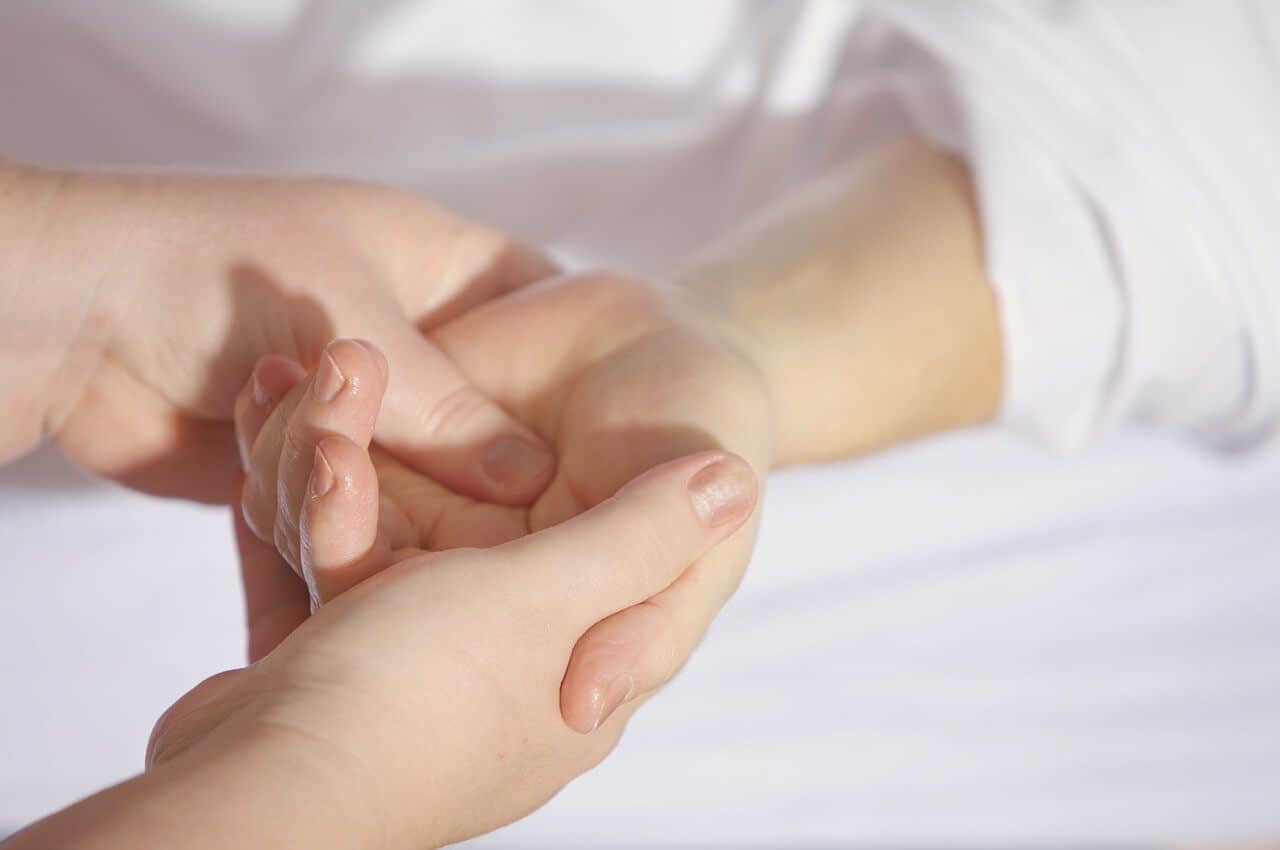


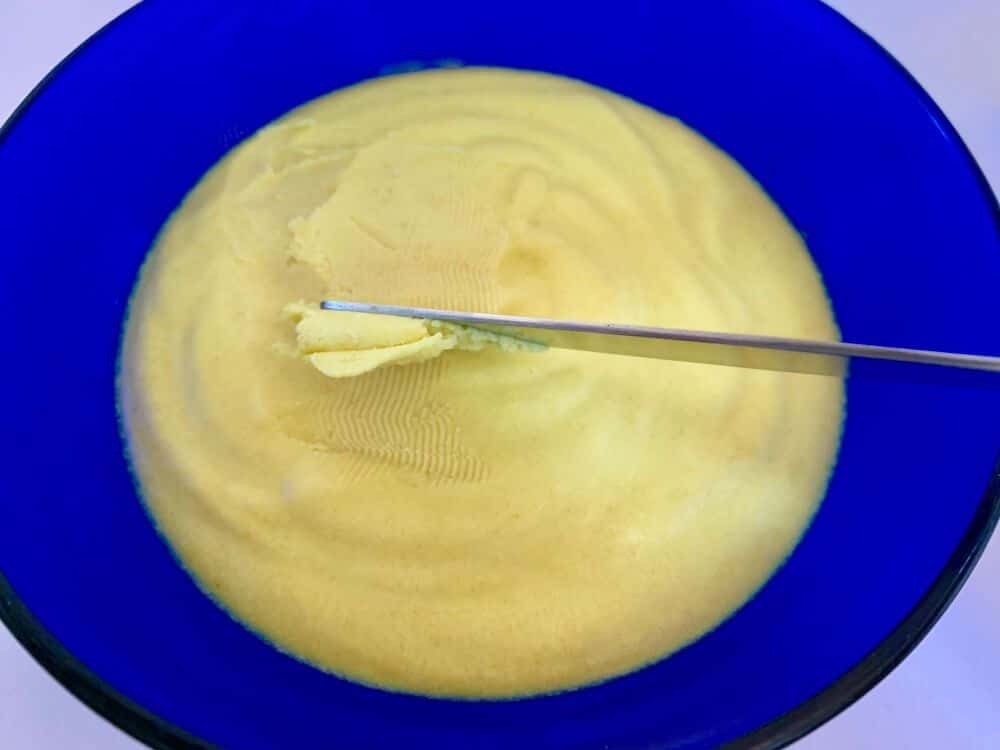
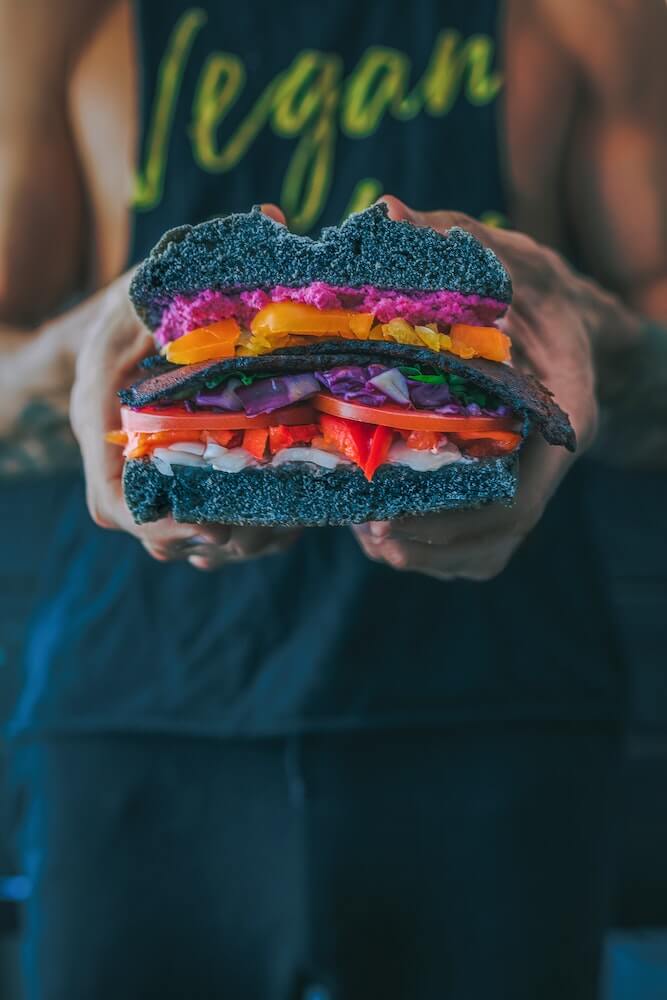
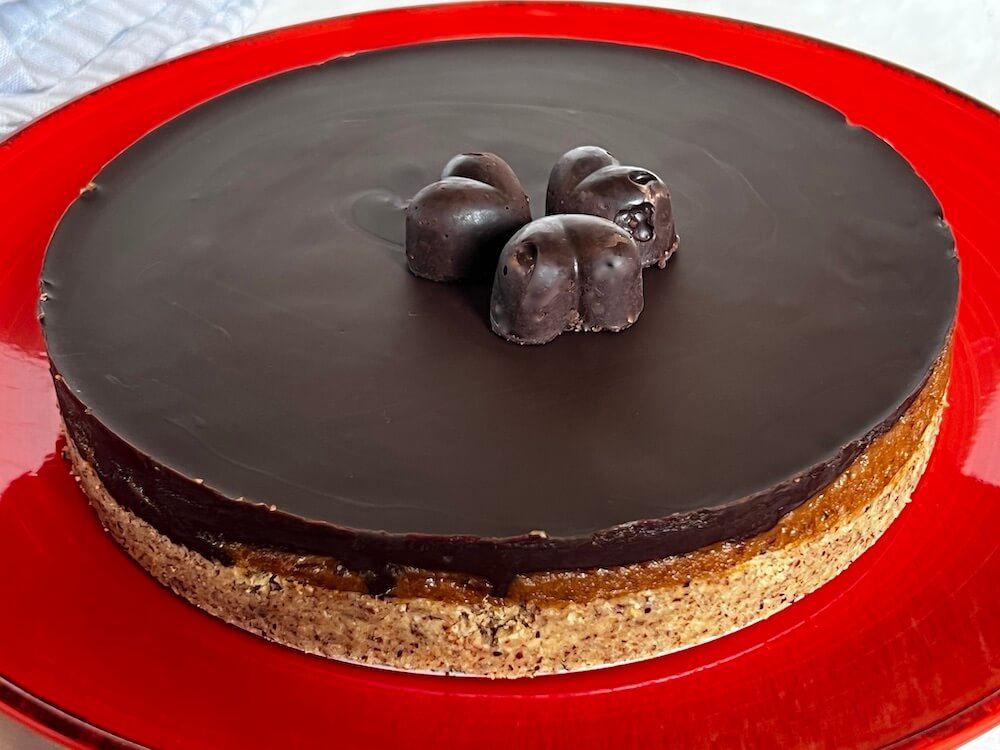
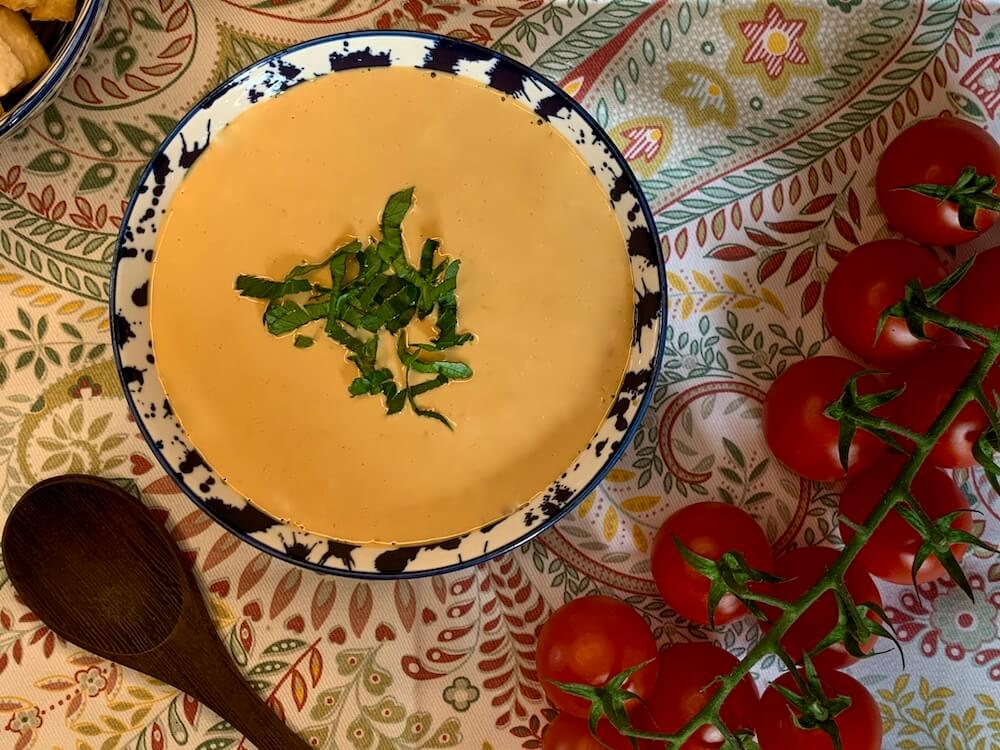
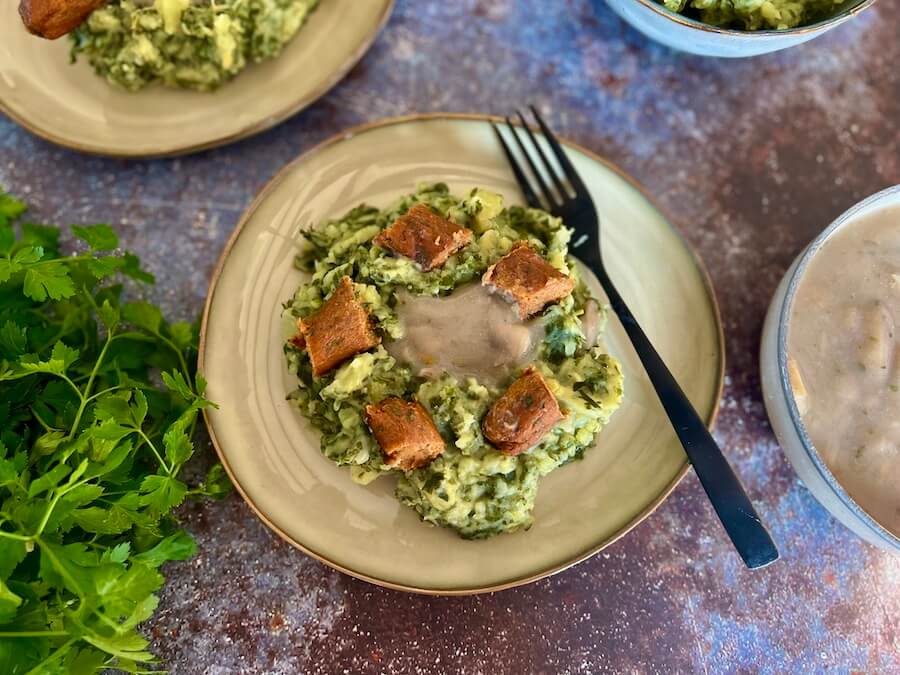
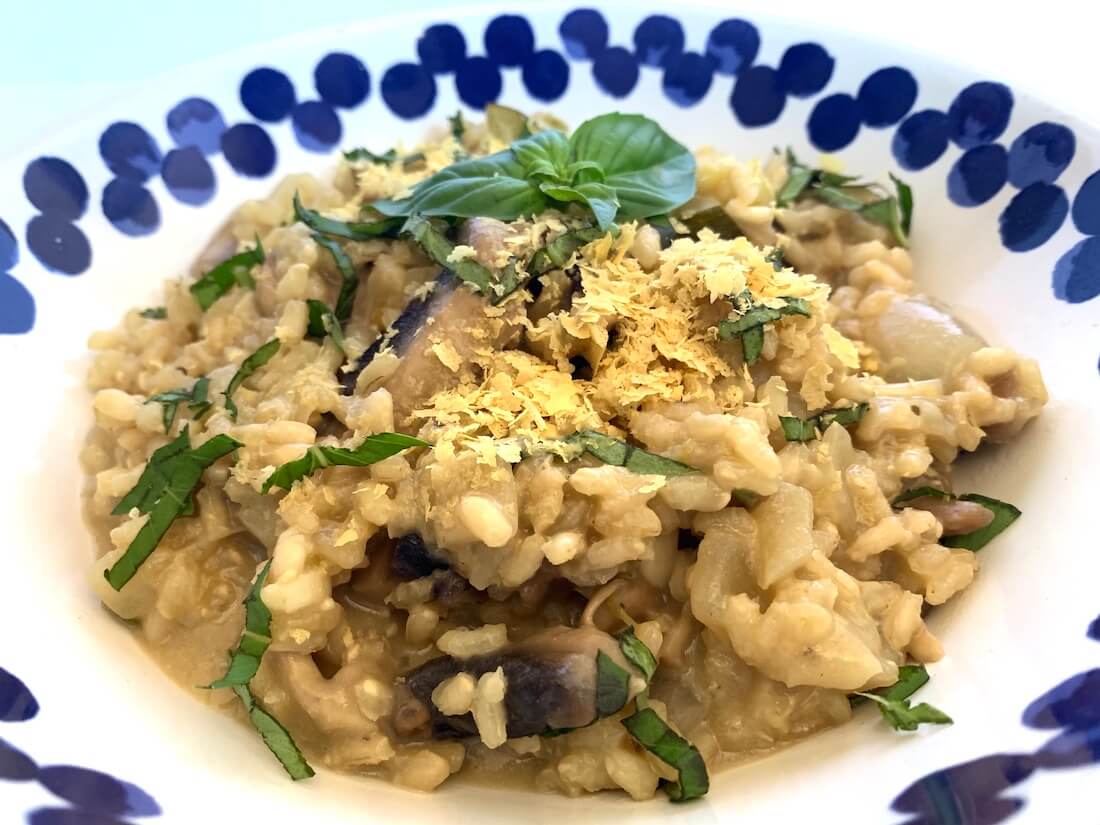
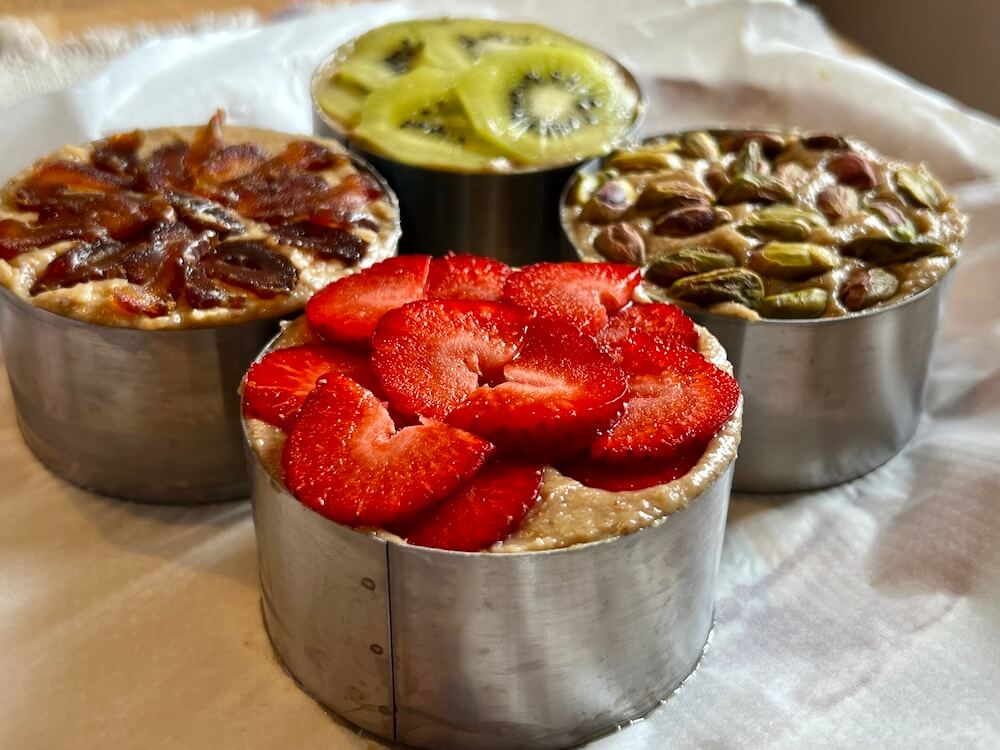
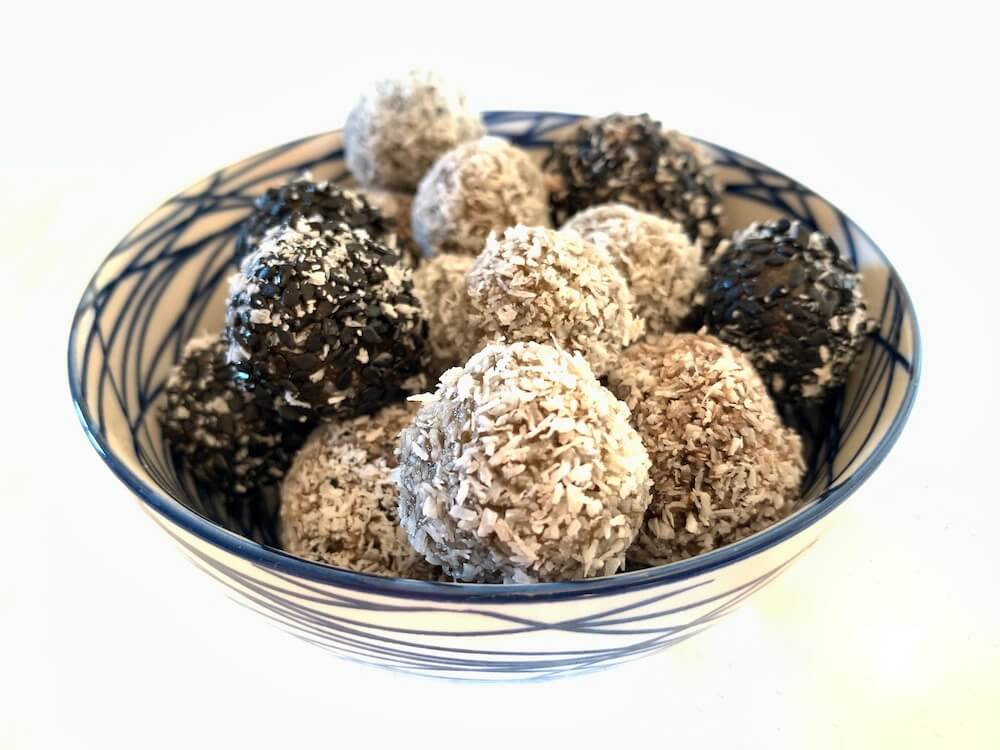
Shea butter has so many good uses! I have a big tub of it and I use it for something almost every day xx
5 Ways To Be More Organized | Vegan Fashion + Lifestyle Blog
Yes! Absolutely; it has so many diverse uses! Thanks for visiting! xx